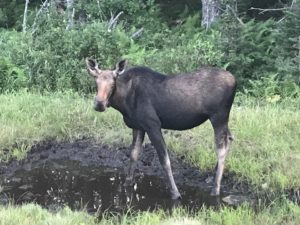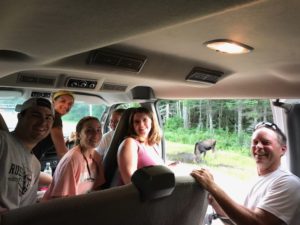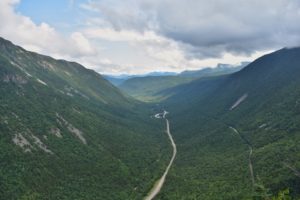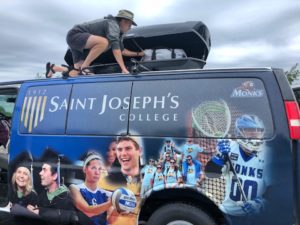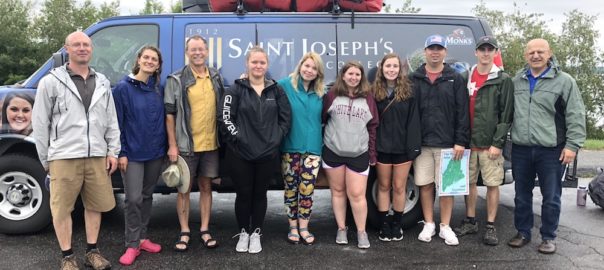Before the actual chemistry started, Dr. Emily Lesher showed the ESS group how to properly use the pH and conductivity probe out in the field. After one long day of sediment and water sample collection on Ore Mountain near Katahdin Iron Works east of Greenville and Moosehead Lake, we were all able to determine the concentration of iron in the water samples, and the pH and conductivity for both. It’s called Ore Mountain because of the different metals found within it, such as iron, cobalt, nickel, copper, and silver; it was mined from 1843 to 1890. Now, this mountain is the largest cobalt reserve in the country. Cobalt is known for its beautiful blue color, but it’s also a toxic metal used in cancer treatment and batteries.
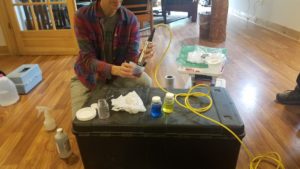
Through a series of chemical steps, we were able to analyze the iron concentration of the water samples that the toxic metals had flowed into. A large part of the mountain’s rocks are iron sulfides with trace amounts of cobalt. Once the iron sulfide reacts with water and oxygen, it produces sulfuric acid, which together with the cobalt, iron, nickel, copper, and silver flows into the streams as something called acid mine drainage. Testing the samples, the pH samples varied from 2.6 (which is nearly the pH of vinegar) to 6.56 (nearly at a neutral pH of 7). It seems that the whole mountain was tainted with iron and vegetation was dead from the many years of mining and exposure to the acid and metals.
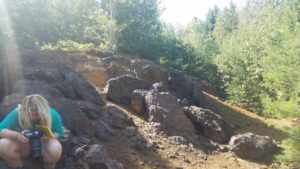
Being at Katahdin Iron Works for three days, not every day is full of experiments and extensive thinking, we also have downtime for swimming, canoeing, ping pong, playing card games or just napping! Staying up until midnight by a campfire, laughing and talking. Staying at the dinner table, talking about our day and making jokes. 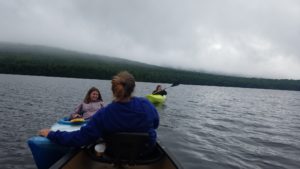
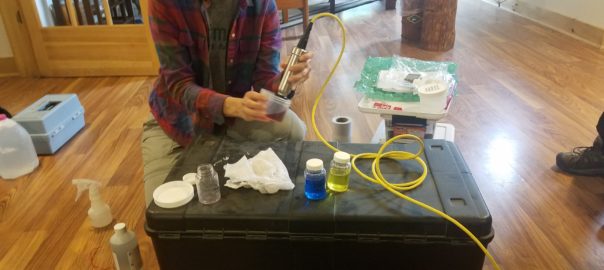
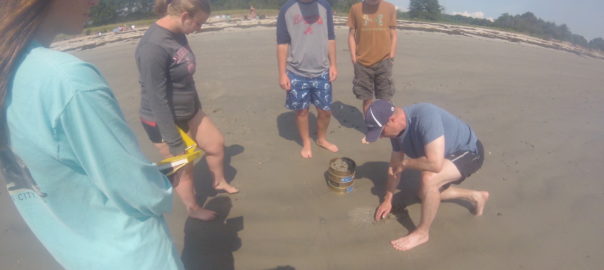
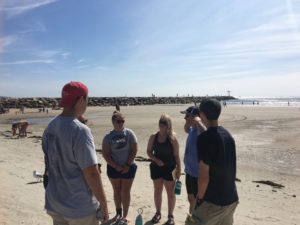
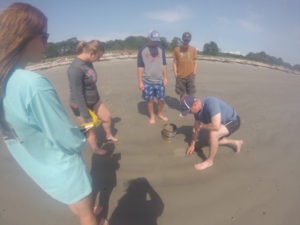
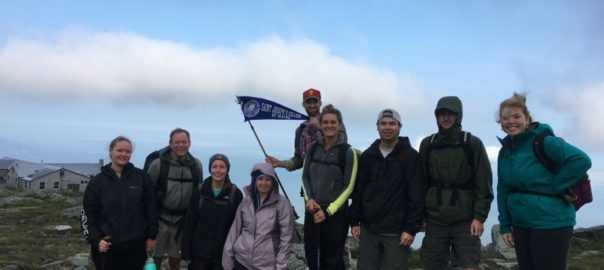
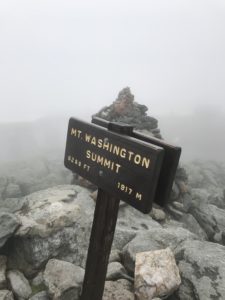
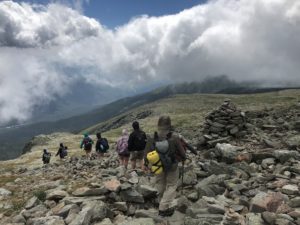
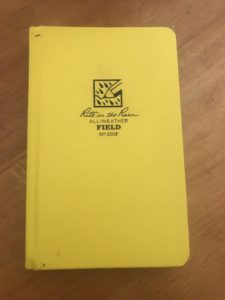
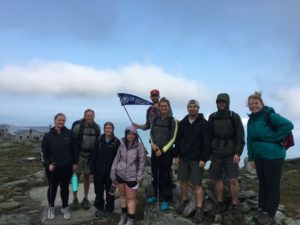
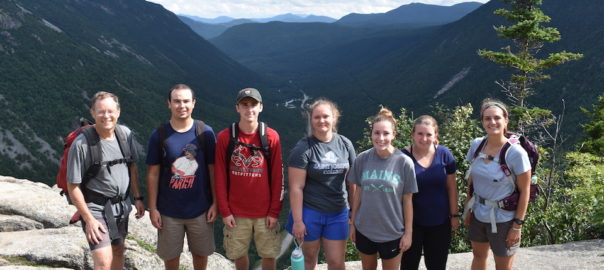
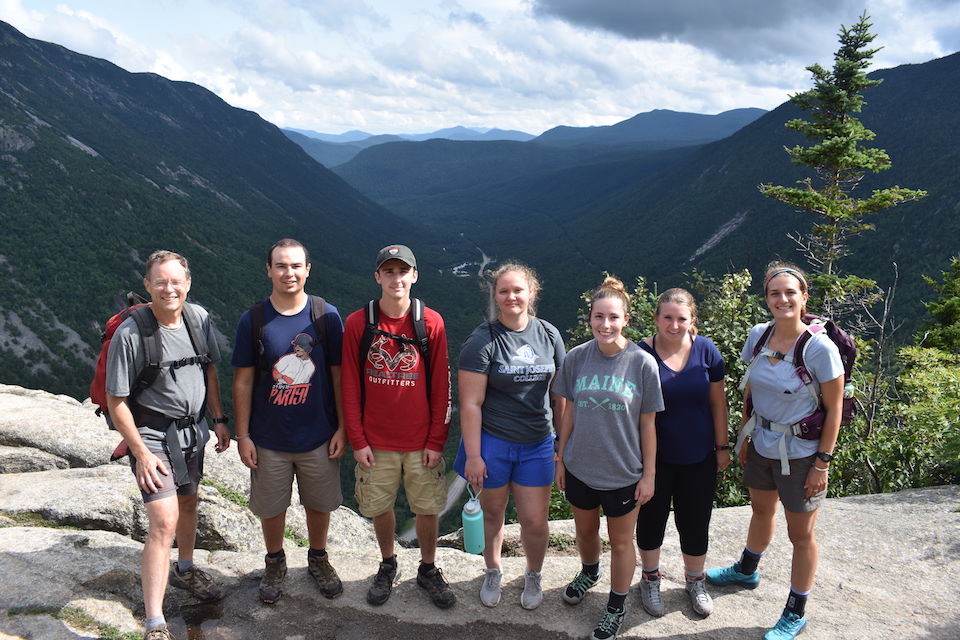 On Sunday, August 12th, we met in Portland to depart on our ten week trip to learn new content, explore new places, and experience new things. We headed for the AMC Highland Center at Crawford Notch, part of the White Mountain National Forest in New Hampshire. We stopped along the Saco River along the way to learn about grain size, the energy of the current, and river depth. When we got to the Highland Center it was cloudy but the views were still amazing!
On Sunday, August 12th, we met in Portland to depart on our ten week trip to learn new content, explore new places, and experience new things. We headed for the AMC Highland Center at Crawford Notch, part of the White Mountain National Forest in New Hampshire. We stopped along the Saco River along the way to learn about grain size, the energy of the current, and river depth. When we got to the Highland Center it was cloudy but the views were still amazing!